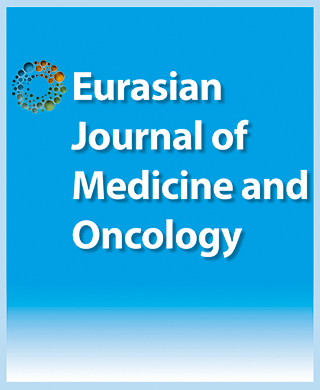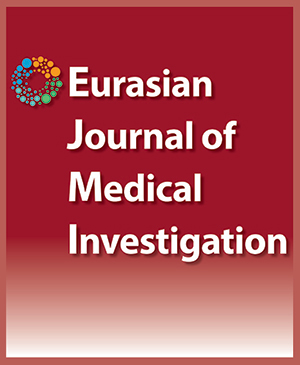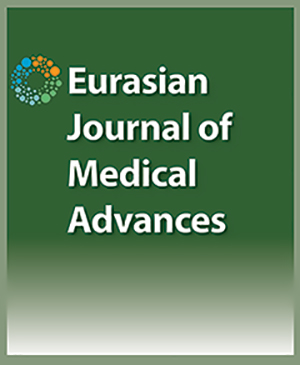

Assessment of Platelet-to-Lymphocyte Ratio and Neutrophil-to-Lymphocyte Ratio in Ulcerative Colitis: A Retrospective Study
Kemal Fidan1, Mehmet Zahid Kocak21Department of Internal Medicine, Selcuk University Faculty of Medicine, Konya, Turkey, 2Department of Internal Medicine, Abant Izzet Baysal Universty Faculty of Medicine, Bolu, Turkey,
Objectives: The neutrophil-to-lymphocyte ratio (NLR) and the platelet-to-lymphocyte ratio (PLR) are markers of subclinical inflammation already used to determine outcomes in coronary artery disease and some malignancies. The aim of this study was to investigate the NLR and the PLR as possible indicators of ulcerative colitis (UC) disease activity. Methods: Of a total of 67 patients included in the study, 36 had active UC and 31 were in a remission period. The NLR and the PLR were calculated using complete blood count parameters. The modified Truelove-Witts Severity Index was used to group the patients: remission (n=31), mild activation (n=21), moderate activation (n=6), and severe activation (n=9). Results: The mean NLR of the active and remission UC patients was 4.78 and 2.01, respectively (p<0.002). The cut-off value for NLR to discriminate an active phase in UC patients was calculated to be ≥2.2 using receiver operating characteristic (ROC) analysis (sensitivity: 62%; specificity: 70%). The mean PLR of the active and remission UC patients was 209.52 and 131.27, respectively (p=0.005). The cut-off value for PLR to discriminate an active phase in UC patients was calculated to be ≥133.87 using ROC analysis (sensitivity: 63%; specificity: 68%). Conclusion: The NLR and the PLR of active UC patients were significantly higher than those of remission patients. The NLR and the PLR may be independent, noninvasive markers of disease activity in UC.
Cite This Article
Fidan K, Kocak M. Assessment of Platelet-to-Lymphocyte Ratio and Neutrophil-to-Lymphocyte Ratio in Ulcerative Colitis: A Retrospective Study. EJMO. 2017; 1(4): 224-227
Corresponding Author: Kemal Fidan



